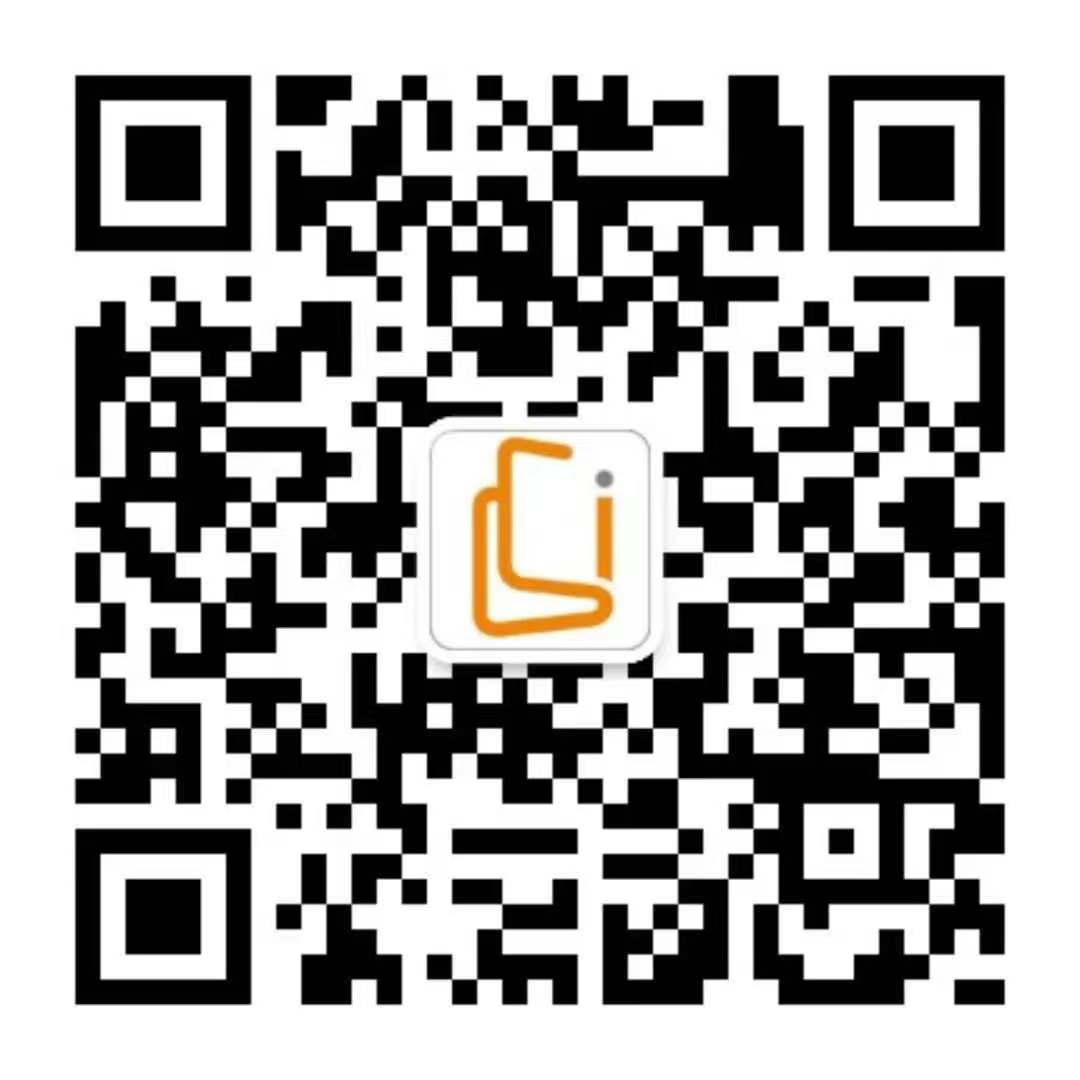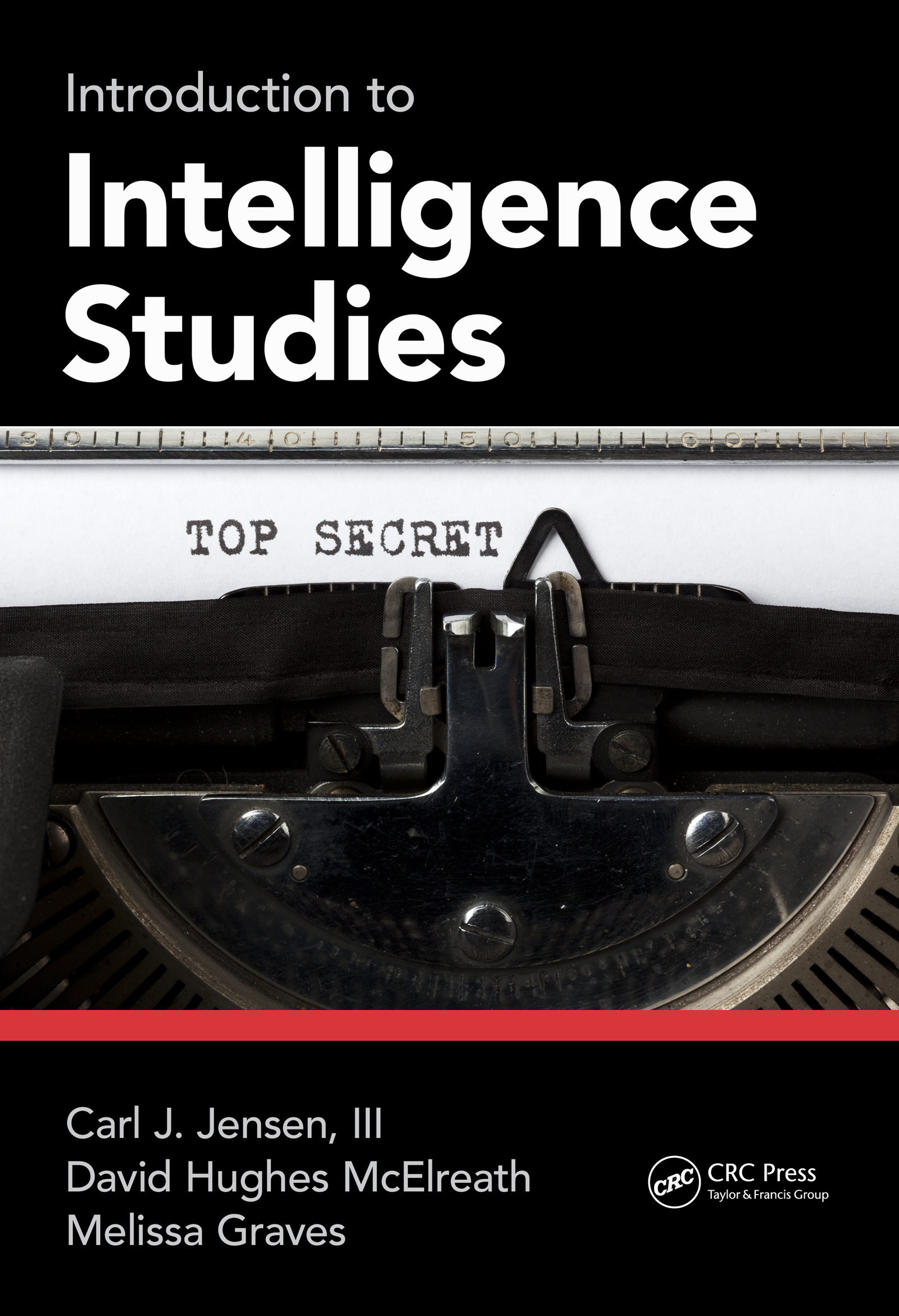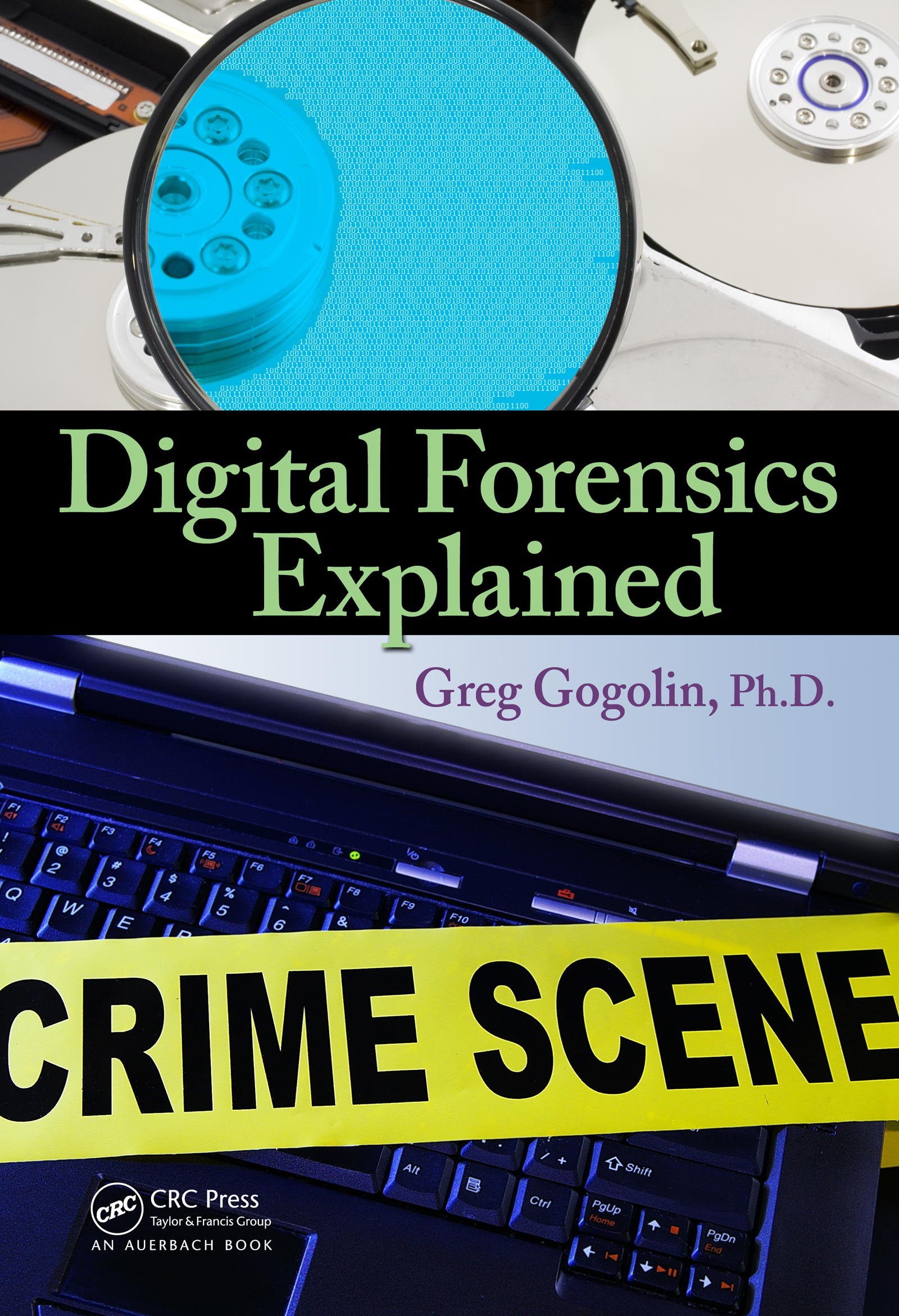CLCD9
LanguageENG
PublishYear2013
publishCompany
Wiley
EISBN
9781118403044
PISBN
9781119940364
- Product Details
- Contents
The Science of Forensic Entomology is designed to meet the growing needs of colleges, universities, and forensic investigative agencies in training undergraduates, graduate students, and criminal investigators the principles, concepts and methodologies necessary to use insects and other arthropods in legal matters. The book offers an advanced introduction to the field but also provides in depth discussion of biological concepts associated with insect biology, ecology, physiology and chemical communication. Students lacking an entomological background will find chapters on basic entomology that allow for exploration of more advanced topics in forensic entomology. Unlike other forensic entomology books, the focus of The Science of Forensic Entomology is on pedagogical presentation of ideas, concepts, and analyses. Each chapter begins with an outline of key concepts and includes a series of review questions for each topic. The review questions have been developed with reference to Blooms Taxonomy, so that assessment of student development of learner skills, including higher order learning, can be accomplished in addition to content goals. The book includes in depth coverage of topics rarely covered in other forensic entomology books, including: the biology of maggot masses; temperature tolerances of necrophagous insects; chemical attraction and communication; reproductive strategies of necrophagous flies; Archeoentomology; and insect roles in issues of national security and terrorism. The book differs from Forensic Entomology: An Introduction by Dorothy Gennard as it is written for a higher level market. Gennards book was aimed at undergraduate students, this book will be aimed at advanced undergraduate and graduate students and assume a scientific background and some existing knowledge of entomology. Comparison of proposed book with Dorothy Gennards Forensic Entomology text Dorothy Gennards book is a very concise, non-technical overview of select topics in Forensic Entomology. The book is best suited for non-life science students or to those with an interest in Forensic Entomology, but lack a background in Entomology, Biology, or other related life sciences. It should be considered as an introductory textbook as most topics are only superficially covered by comparison to what a true text would contain. With that said, Gennards book has been used as a text by many instructors simply because it is closer to a text than any other book on the market, and perhaps most importantly, the book is far more affordable than Byrd and Castners or Amendt et als. As mentioned, there is currently no book available suitable for teaching an introductory course in Forensic Entomology targeting undergraduate or graduate students with a background in the biological sciences or forensic science. My book will be designed to function as a text primarily aimed at advanced undergraduate students (i.e., junior/senior level) or graduate students emphasizing a pedagogical approach of conceptual understanding, application of ideas, and synthesis of ideas and concepts, features consistent with Blooms taxonomy of learning. The proposed book will contain: a) unique features such as an outline of key concepts in each chapter; b) chapter end review questions focused not only on forensic entomology but also on key biological concepts; c) topics not addressed in other forensic entomology texts including reproductive strategies of necrophagous flies, chemical communication, biology of maggot masses, temperature tolerances of necrophagous flies, roles of insects in issues of homeland security, and insects as tools in archeological exploration; d) life tables of calliphorid and sarcophagid development at different temperatures; e) problem sets associated with several aspects of post mortem interval calculations (for c
Collected by
- Princeton University
- University of Cambridge
- University of Oxford
- Harvard University











